BMW Art Guide by Independent Collectors
Dispersing Narratives
The Wedge Collection – Toronto, Canada
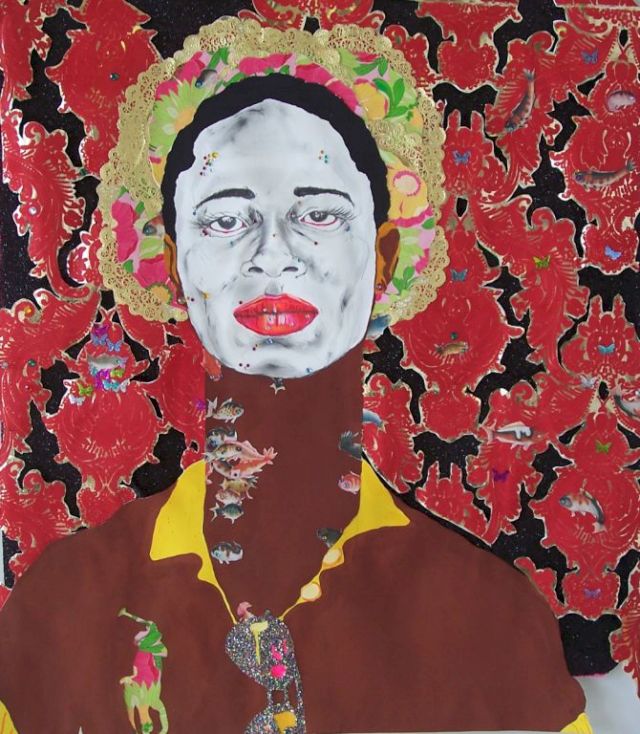
Collecting is personal by nature, but for Kenneth Montague, the director and founder of Wedge Curatorial Projects, the personal dimension of collecting goes beyond matters of taste. When Montague began using his collection as a basis for exhibitions in Toronto in the late 1990s, the first shows took place in his own flat. From a compact loft space in the city, Wedge quickly grew into a project that has seen Montague’s pieces exhibited in galleries across Canada, the United States and England. Such transitions are a part of the continuing evolution of Wedge as a collection and as a cultural phenomenon. Montague himself is a child of transitions. He is the son of Jamaican-Canadian parents and he has long been interested in the journeys individuals and ideas take as they become themselves. The works that comprise his collection tell the stories of individuals, but also of communities and of historical moments, often exploring the formation of identities in diaspora communities of African heritage. Like the stories they tell, the works that make Montague’s collection gain strength from their dissemination.

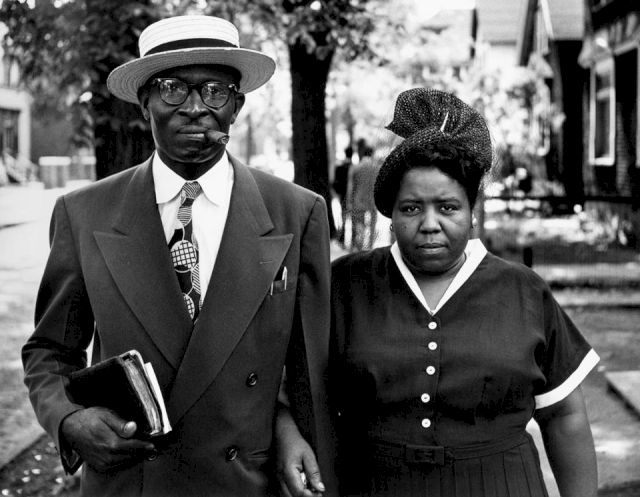
Montague’s collection includes a robust archive of photographic works that span the history of the medium as well as continents. Exploring the works of the collection, there is often an irresistible air of exuberance and spirit of celebration in many of the images. Particularly notable is an iconic shot of a young African-American couple decked out in raccoon fur coats by the legendary early 20th century American photographer, James van der Zee. The young woman, standing beside the polished chrome of a convertible roadster, and the young man inside, represent an ecstatic image of triumphant Black beauty, but also the unapologetic face of the ambitious generation of modern African-Americans who drove the creative flowering of the Harlem Renaissance. Also, Malick Sidibé’s depictions of the lives of young Malians in and around Bamako in the 1960s express a modality of identity in transition. The dancers in Sadibé’s “Nuit de Noël”, an intimate but thrilling image, groove wanly beside a phonograph and a few bottles of beer in the near distance. The optimism is palpable as music, fashion and personal narratives intersect silently in the dawning years of African liberation. In addition to photographic chronicles of the varieties of contemporary Black experience, painting is also a major component of the Wedge collection. “Any Number of Preoccupations”, for example, by the recent Turner Prize nominee, Lynette Yiadom-Boakye, is one of the many examples of eloquent figurative painting in Montague’s collection and it, too, hints at narratives of hope and possibility.
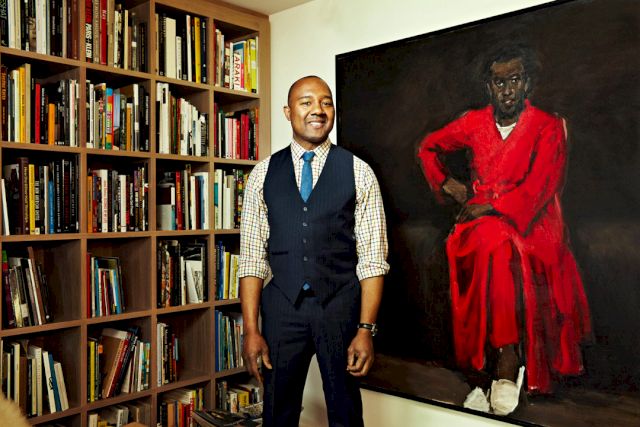

Montague’s commitment to ensuring such images reach as many viewers as possible means that works from the collection are just as likely to be found in London or Johannesburg as they are in his living room. One recent project saw works from Wedge featured in “Counterpoints”, an exhibition of photographs of the city of Toronto and its residents at the The Art Museum at the University of Toronto. In February of 2017, works including Dawit Petros’ 2003 photo, “Sign”, can be viewed at the Art Gallery of Windsor in a travelling exhibition called “Position as Desired” which focuses on the formation of Black Canadian identity. Like the subjects of the images themselves, the collection transits territories and cultures, not only to tell personal stories, but to help to forge an understanding of the times in which we live.
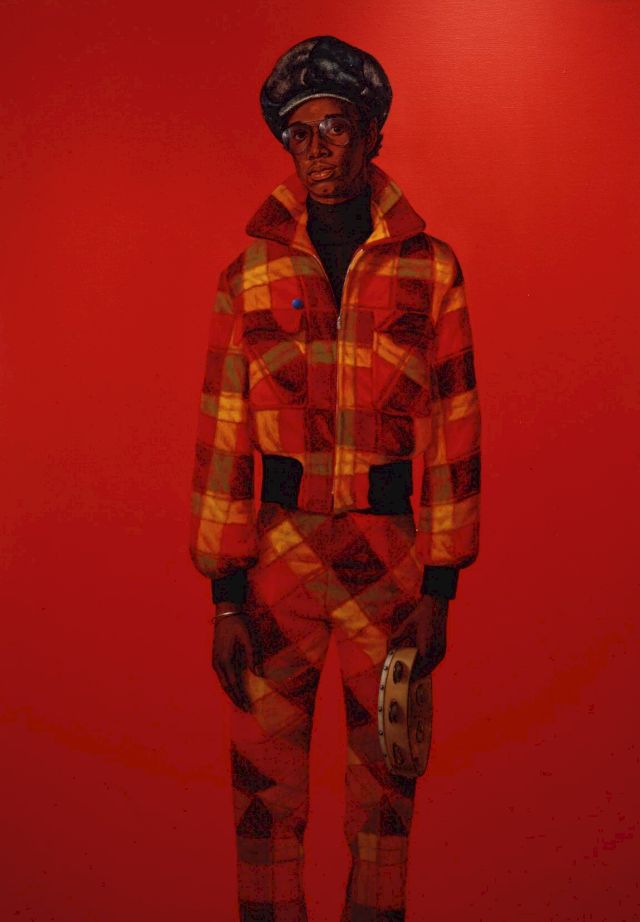
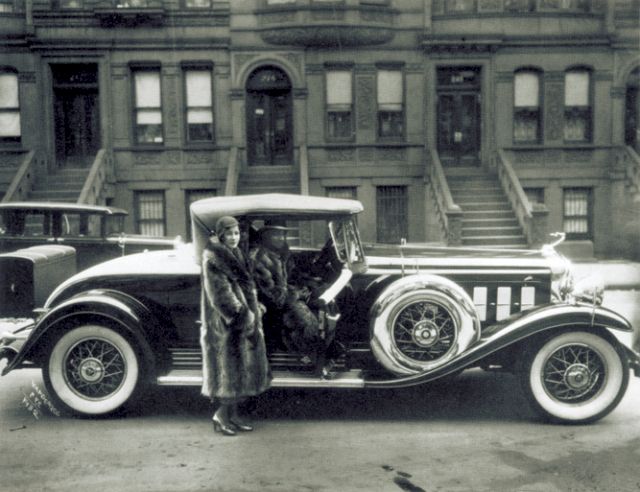
William Kherbek is the writer of the novel "Ecology of Secrets" (2013, Arcadia Missa) and "UltraLife" (2016, Arcadia Missa). His art journalism has appeared in a number of publications in the UK, US, Germany, Switzerland and Romania.
All images courtesy The Wedge Collection, Toronto
More Information on Wedge Collection